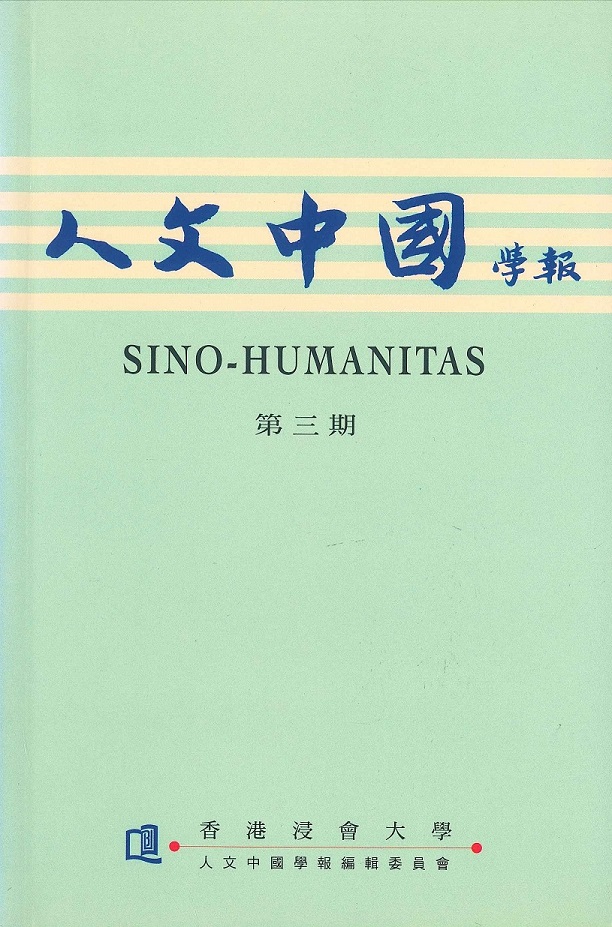分析與綜合——形聲字的雙重特性
Analytic and Synthetic—Dual Characteristics of Chinese Xinsheng Graphs
DOI:
https://doi.org/10.24112/sinohumanitas.32315Abstract
LANGUAGE NOTE | Document text in Chinese; abstract also in English.
本文從製碼/編碼及解碼/析碼角度檢討有關漢字(主要是形聲字)特性的兩種看法:一、漢字是詞符性的(logographic)。二、漢字字形與讀音之間的關係是晦澀的(opaque)。這兩種看法都是建基於這樣的認識——漢字是整體性的,而拼音文字是分析性的。
實際上這種認識從製碼角度而言既不盡恰當。在解碼角度方面亦缺乏心理語言學方面的證據。漢字其實具有既綜合、又分析的特性,心理語百學對漢字進行測試時,結果往往會與預期不符,原因可能就在於此。
From the perspectives of encoding and decoding, the paper reviews the claims that Chinese graphs (mainly xinsheng) are: 1. logographic and 2. opague in terms of graph—sound relationship. These claims are based on the understanding that Chinese graphs are holistic while alphabetical writing systems are analytic. The paper demonstrates that such understanding is inaccurate from the perspective of encoding and lacks support from psycholinguistic experiments. In the final analysis, Chinese graphs are both holistic and analytic. This is the characteristic that can account for many unexpected results in psycholinguistic experiments.
Published
How to Cite
Issue
Section
License
Copyright (c) 1996 人文中國學報

This work is licensed under a Creative Commons Attribution-NonCommercial 4.0 International License.
The CC BY-NC 4.0 license permits use, distribution and reproduction in any medium, provided the original work is properly cited and not used for commercial purposes. Copyright on any article is retained by the author(s) and the publisher(s).




